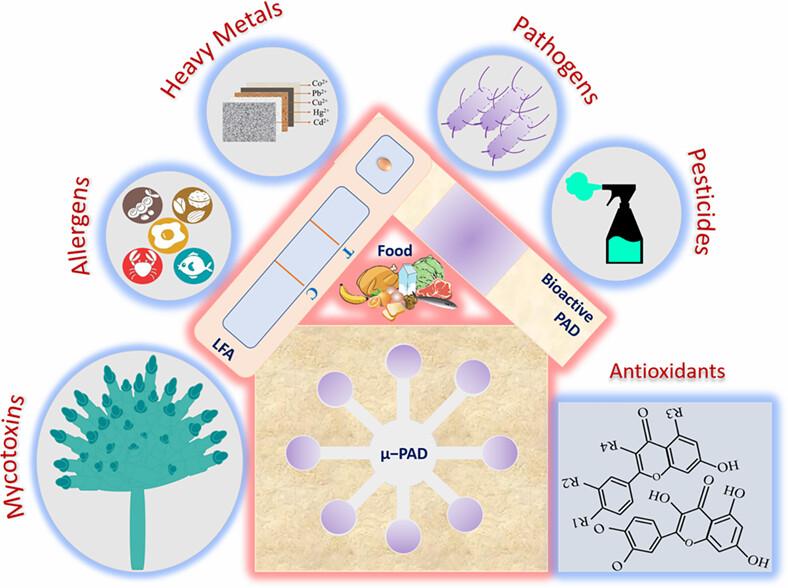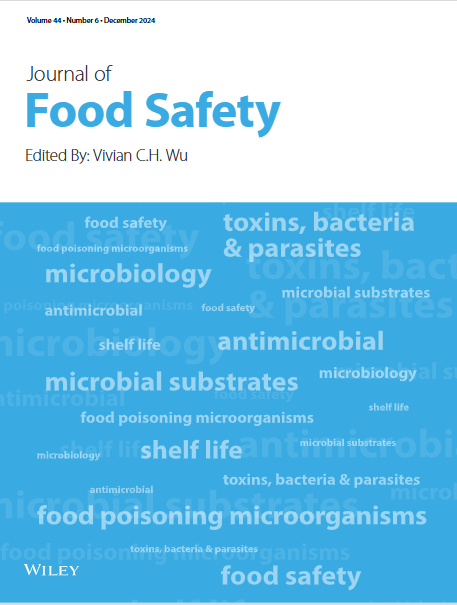利用基于纳米粒子的纸张传感器对食品污染物进行战略性检测
IF 1.9
4区 农林科学
Q4 BIOTECHNOLOGY & APPLIED MICROBIOLOGY
引用次数: 0
摘要
食物是生存的必需品,而污染会从各个方面缩短人类在地球上的寿命。如今,对毒素、传染病病原体和化学污染物等食品污染物的实时筛查需求很高。因此,必须开发一种具有成本效益且对生态无害的技术,以快速检测食品污染。基于纳米粒子(NP)的纸张传感器是传统方法最重要的替代品之一,因为它们是简单、廉价、高选择性和高灵敏度的工具。本文概述了用于检测有毒食品污染物的基于 NP 的纸张传感器技术。本文章由计算机程序翻译,如有差异,请以英文原文为准。

Strategic detection of food contaminants using nanoparticle-based paper sensors
Food is necessary for survival, and contamination can shorten humans' lives on Earth in all dimensions. Real-time screening of food pollutants, such as toxins, infectious agents, and chemical contaminants, is in high demand today. Thus, a cost-effective and ecologically benign technology must be developed to detect food contamination in a rapid fashion. Nanoparticle (NP)-based paper sensors are one of the most important alternatives to traditional methods because these are simple, inexpensive, highly selective, and sensitive tools. This article provides an overview of NP-based paper sensor techniques for detecting toxic food contaminants.
求助全文
通过发布文献求助,成功后即可免费获取论文全文。
去求助
来源期刊

Journal of Food Safety
工程技术-生物工程与应用微生物
CiteScore
5.30
自引率
0.00%
发文量
69
审稿时长
1 months
期刊介绍:
The Journal of Food Safety emphasizes mechanistic studies involving inhibition, injury, and metabolism of food poisoning microorganisms, as well as the regulation of growth and toxin production in both model systems and complex food substrates. It also focuses on pathogens which cause food-borne illness, helping readers understand the factors affecting the initial detection of parasites, their development, transmission, and methods of control and destruction.
 求助内容:
求助内容: 应助结果提醒方式:
应助结果提醒方式:


